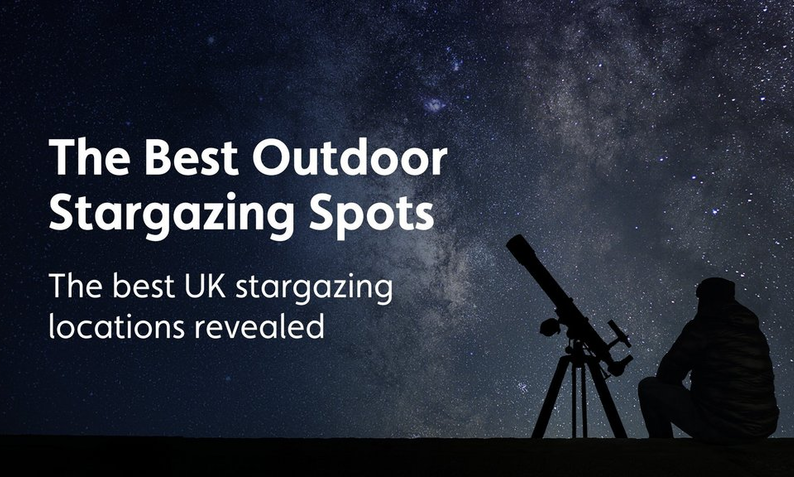Ordnance Survey have produced several guides to help you and your four-legged friends to enjoy the outdoors responsibly. There’s plenty of information for you to get your teeth into – whether it’s suggested activities, general advice, or a closer look at the benefits, facts and figures behind dog walking.
We’ve summarised some of the highlights below…
The Dog Walkers' Code
Dog owners are encouraged to look after the environment around them by following 11 basic rules – known collectively as the Dog Walkers’ Code. These guidelines are designed to keep you and your dog safe, while reducing the impact on wildlife, livestock and fellow walkers.
Many of the rules centre around maintaining control of your dog and being alert to your surroundings while you walk through the countryside. The emphasis seems to be on hygiene factors, primarily the proper disposal of dog poo (bag it, bin it!).
There’s also advice relating to the health and wellbeing of your precious pooch. The code iterates the importance of up-to-date vaccinations and worming treatments as well as outlining how vital it is for your dog is microchipped in case they get lost.
Responsible Dog Walking
Ordnance Survey’s guide to responsible dog walking adds to the Dog Walkers’ Code by describing the impact that irresponsible dog handling can have on the countryside.
Again, poop disposal is a hot topic. Not only is it unsightly, smelly and generally unpleasant, there are also serious health hazards associated with poo that gets left behind (bagged or unbagged). The potential impact that dogs can on wildlife and livestock is highlighted too. Including frequently overlooked issues such as the disruption that can be caused to wildlife nesting grounds.
There’s a warning regarding route selection as well. Sticking to well-known paths is recommended as areas with cliffs, caves, sinkholes or fast-flowing water can prove particularly hazardous for your furry friend. The issue of toxic plant life is outlined as a potential threat to your dog’s health too. Of course, the best way to deal with most of these problems is to keep your dog on a lead and clean up after them!

Greenspaces for Dog Lovers
Greenspaces by Ordnance Survey is an initiative that has been designed to help dog walkers find the best routes in their local area, with the aim of improving dog (and owner) wellbeing.
Why are 'walkies' such an important part of dog ownership?
Regular walks are beneficial for mental and physical wellbeing, as well as helping with weight control and reducing hyperactivity. Not only that, spending time outside together goes a long way to bolstering the bond between dog and owner. Although many owners will be aware of the benefits associated with dog walking in general, they’re less likely to be familiar with the impact that route selection can have on health and wellbeing.
Ordnance Survey have taken a look at the facts and come to the realisation that the majority of dog owners actually end up walking the same route every single day. Of course, routine can be a good thing, but it has been proven that mixing up things up can provide much needed stimulation through exposure to new sights, smells, sounds and textures.
The OS Greenspaces Map can help you plan a variety of routes in your location, based on the specific needs of you and your dog. It’s the perfect way to add diversity to your routine and enjoy everything that your local area has to offer.
Top Dog-Friendly Adventures
There is so much more out there to explore beyond the daily walks and trips to the park. Ordnance Survey have come up with some alternative exercise options for you and your dog to enjoy together. Camping, canicross (dog-running), wild swimming, paddle boarding, long distance trail walking, country hikes and dog-friendly pubs all feature on the list.

